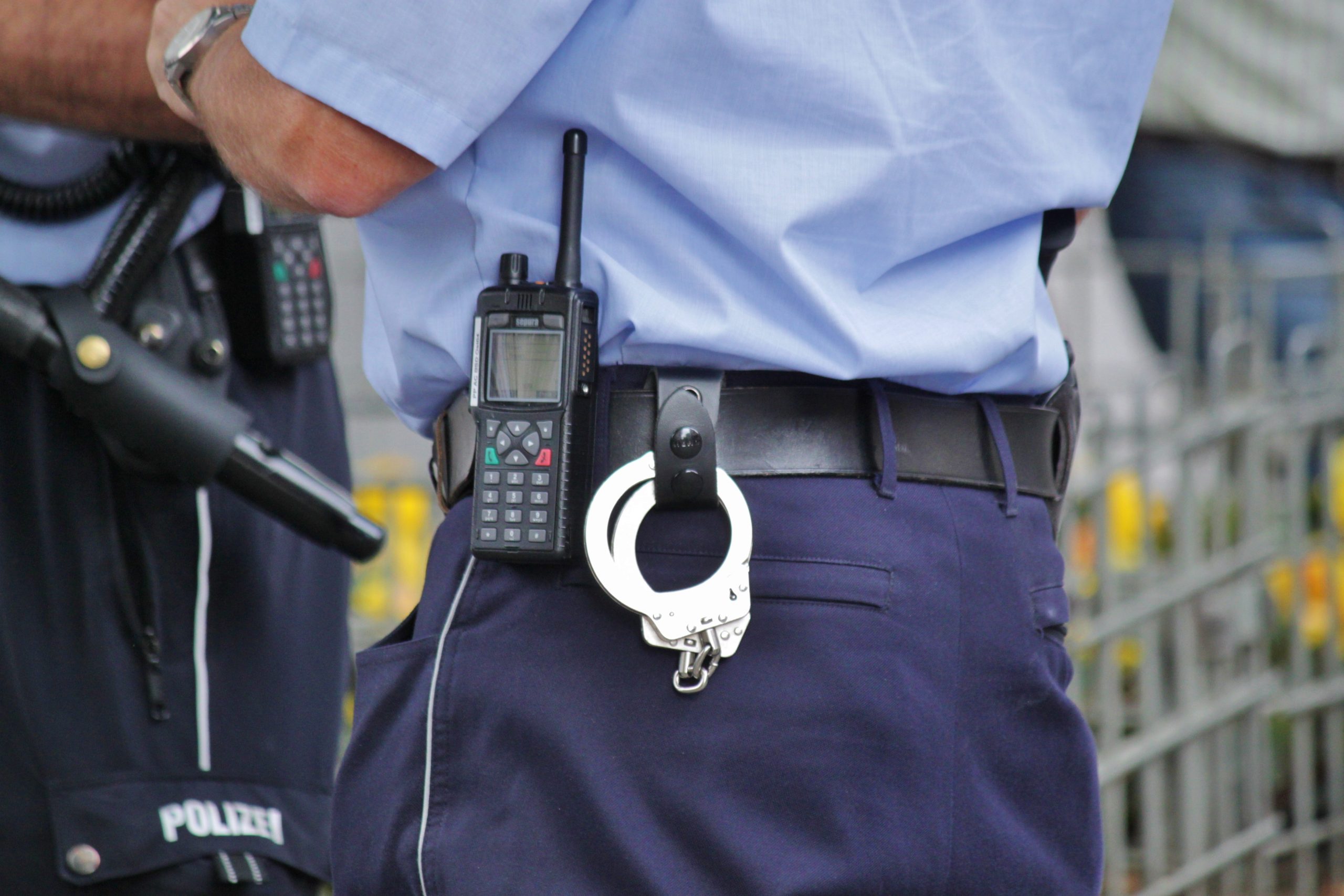
Complaint Process
In recent years, many initiatives have worked to systematically track and analyze data on police complaints in jurisdictions such as Chicago. However, obtaining accurate data on police is notoriously difficult, because the primary mechanism for oversight is often “internal affairs” – the police themselves. In other words, if someone wanted to voice their grievance they are often required to make the complaint to the very organization that harmed them – an obvious conflict of interest.
- Matthew J. Hickman, and Jane E. Poore. 2016. “National data on citizen complaints about police use of force: Data quality concerns and the potential (mis) use of statistical evidence to address police agency conduct.” Criminal Justice Policy Review 27(5): 455-479.
- Ali Mir Usman, and Maureen Pirog. 2019. “Social accountability and institutional change: The case of citizen oversight of police.” Public Administration Review79(3): 411-426.
When complaints are made, very few are “sustained” or deemed valid by colleagues of the police officer. Social scientists have found that between 2% – 28% of complaints are actually sustained, which might well be an overestimate. Moreover, complaints by Black citizens are even less likely to be sustained.
- Kimberly D. Hassell, and Carol A. Archbold. 2010. “Widening the scope on complaints of police misconduct.” Policing: An International Journal of Police Strategies & Management 33(3): 473-489.
- John R. Dugan and Daniel R. Breda. 1991. “Complaints about police officers: A comparison among types and agencies.” Journal of Criminal Justice 19(2): 165–171.
- Antony Michael Pate, Lorie A. Fridell, and Edwin E. Hamilton. 1993. “Police Use of Force: Official Reports, Citizen Complaints, and Legal Consequences: Volume II.” Washington, DC: Police Foundation.
- Warren Christopher. 1991. “Report of the independent commission on the Los Angeles Police Department.” Collingdale, PA: Diane Publishing. William Terrill and Jason R. Ingram. 2016. “Citizen complaints against the police: An eight city examination.” Police Quarterly, 19(2): 150-179.
Bad Apples?
Is the solution as simple as removing “bad apples” with numerous police complaints from the police force? As is common when society faces a difficult problem, we tend to gravitate towards easy solutions – such as scapegoating. Research suggests that a small portion of officers (4% – 12%) were responsible for a relatively large share (20% – 41%) of filed complaints. Yet the majority of complaints are spread throughout the department. In other words, there are not just a few bad apples spoiling the bunch – but the tree itself may be bearing rotten fruit
- U.S. Commission on Civil Rights. 1981. Ohio advisory committee. Policing in Cincinnati, Ohio: Official policy vs. civilian reality. Washington, DC: Government Printing Office.
- Warren Christopher. 1991. Report of the independent commission on the Los Angeles Police Department. Collingdale, PA: Diane Publishing
- Kim Michelle Lersch and Tom Mieczkowski. “Who are the problem‐prone officers? An analysis of citizen complaints.” American Journal of Police 15(3): 23-44.Christopher Harris. 2011. “The relationship between career pathways of internal and citizen complaints.” Police Quarterly 14(2): 142–165.
Systemic Change
In recent decades, police departments have adopted initiatives, such as civilian review boards, which foster greater inclusion of the community into addressing complaints. However, these initiatives have mixed results and have been criticized for their exclusion of racially marginalized community members.
- Andrea Headley. 2021. “Accountability and police use of force: Interactive effects between minority representation and civilian review boards.” Public Management Review: 1-23.
Beyond civilian review boards, cities such as Baltimore, Los Angeles, New Orleans, New York, and Denver have taken action to hold spaces for direct, face-to-face dialogue between complainants and police. Both traditional and restorative justice models of mediation have led to greater satisfaction, in-tune with the spirit of “community-policing” and fostering healing.
- Mary Riley, Timothy Prenzler, and Susan Douglas. 2021. “Mediation of complaints against police: a review of programs in Los Angeles and New York City.” Contemporary Justice Review 24(3): 312-325.
- Brian Buchner, Merrick J. Bobb, Oren Root, and Matthew Barge. 2008. “Evaluation of a Pilot Community Policing Program: The Pasadena Police-Community Mediation and Dialog.” U.S. Department of Justice Office of Justice Programs.
- Lonnie M. Schaible, Joseph De Angelis, Brian Wolf, and Richard Rosenthal. 2013. “Denver’s citizen/police complaint mediation program: Officer and complainant satisfaction.” Criminal Justice Policy Review 24(5): 626-650.
- Mary Riley and Timothy Prenzler. 2020. “Mediation of complaints against police: Program implementation in the denver police department.” NewCastle Law Review 15: 5-34.
- Richard Young, Carolyn Hoyle, Karen Cooper, and Roderick Hill. 2005. “Informal resolution of complaints against the police: a quasi-experimental test of restorative justice.” Criminology and Criminal Justice 5(3): 279-318.
As is the case with controlling crime more generally, this research shows that the problem is not as simple as identifying and tossing out a few bad apples – and that police, policy makers, and the community must look to system-level change rather than placing the entirety of blame on individual scapegoats.

Comments